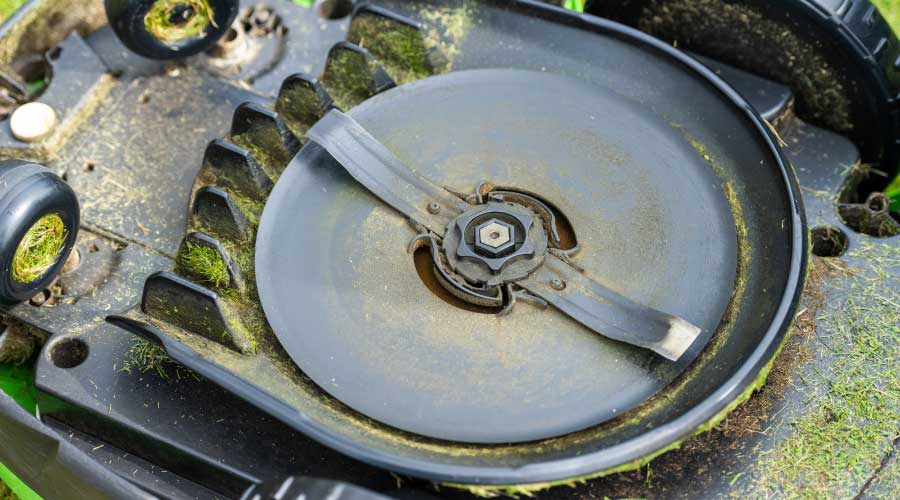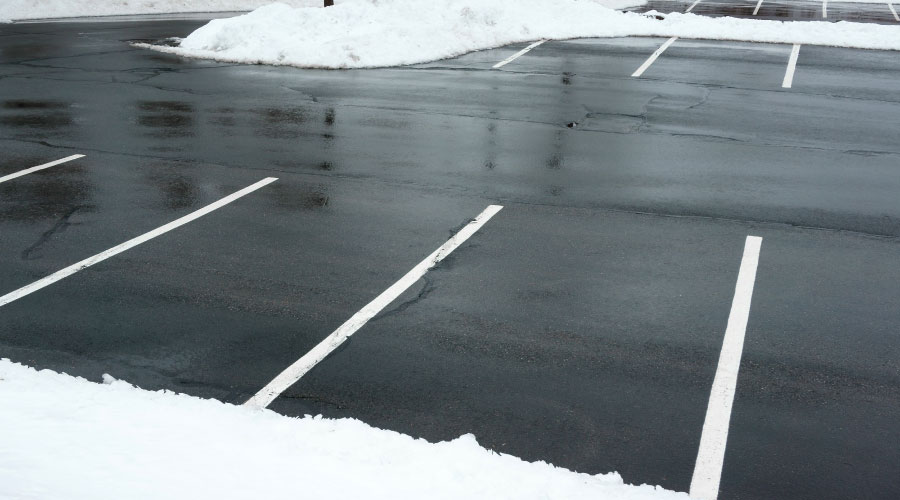Key Tools and Materials for Snow and Ice Management
Managers often face an array of challenges related to time and resources in trying to prepare for snow and ice removal before winter actually arrives, but such preparation is critical. A snow-response plan should include a set of dates and times for inventory review, production planning, and materials planning.
Inventory review. Do crews have the appropriate gear and materials to perform the necessary work safely? Managers can create a checklist of tools and materials crews will need to ensure equipment is in good operating condition. Big-ticket equipment crews traditionally rely on include:
- pickup trucks
- plows and pushers, including V-blades, straight blades, scoop and wing blades, and containment units and pushers
- spreaders, including tailgate and V-box units
- walk-behind blowers
- all-terrain vehicles and utility vehicles.
Production planning. Do crews have the large equipment needed to handle an above-average storm or a major equipment breakdown? This is referred to as capacity in the snow and ice management industry, and it is a key component in preparing for winter.
Getting an accurate estimate of the amount of time it will take crews to clear areas during an average storm will determine a baseline. Then managers can factor in efficiency reductions based on the amount of snow or the difficulty of the area, such as parking lots with obstructions, both of which increase clearance time. Also, the more managers understand local weather history, including how often heavy snow falls, the more accurate the estimate will be.
As managers plan capacity, they must have enough equipment and people to account for a 10-20 percent reduction in efficiency, related to situations such as extreme weather or major equipment breakdowns. The goal is to be able to plug a hole or play catch-up as needed to clear areas on time and safely. By effectively estimating capacity, managers can make better decisions about when to purchase or rent equipment or hire professional services.
Materials planning. Does the department have proper deicing materials and plans to manage snow and ice effectively on sidewalks and other paved surfaces? This is one of the most challenging aspects of the process. Snow-response planning should identify specific chemicals crews should use to melt snow and ice and the locations where crews will apply those materials.
Managers next should identify the goal of applying chemicals to any area and create a plan to achieve that goal within budget constraints. From there, the next step is to plan the purchases and set up key supplier relationships, including backup plans in case of material shortages or supplier delivery issues.
Managers have a host of chemicals from which to choose, and each differs in effectiveness, cost, availability, and environmental impact. They include sodium chloride, calcium chloride, magnesium chloride, potassium chloride, urea, calcium magnesium acetate, potassium acetate and blended products.
Managers need to determine the correct amount of chemicals to use, keeping in mind that over-saturating an area with any particular product does not guarantee better results.
Related Topics:














